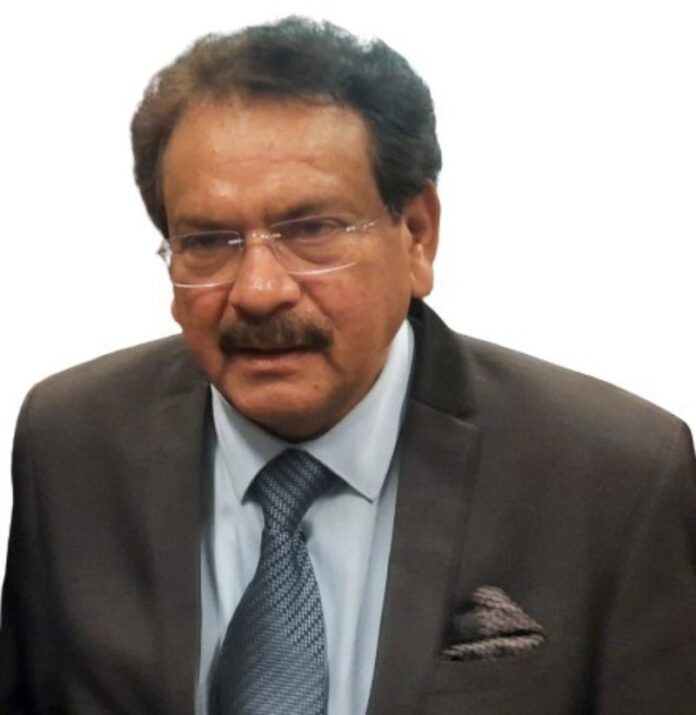The Ministry of Health and Family Welfare, under the Government of India, stands as a pivotal institution dedicated to safeguarding and enhancing the well-being of the nation’s citizens. Its overarching mandate encompasses the formulation and implementation of policies and programs aimed at ensuring access to quality healthcare services and promoting family welfare across the diverse landscapes of India. The ministry plays a crucial role in addressing public health challenges, disease prevention, and the promotion of healthy lifestyles. It oversees the functioning of various national health programs, such as immunization drives, maternal and child health initiatives, and disease control efforts.
Additionally, it collaborates with state governments, healthcare institutions, and non-governmental organizations to create a comprehensive and integrated healthcare ecosystem. The Ministry of Health and Family Welfare is committed to advancing healthcare infrastructure, medical education, and research to meet the evolving health needs of the population. Its tireless efforts contribute significantly to the realization of the government’s vision for a healthier and more resilient India, making it a cornerstone in the nation’s pursuit of overall well-being.
In a distinctive conversation with The Interview World, Prof. Satya Pal Singh Baghel, Minister of State in the Ministry of Health and Family Welfare for the Government of India, emphasizes several government initiatives aimed at improving healthcare delivery in the country. Here, we present the key highlights from his insightful interview.
Q: How has your ministry proactively addressed and tackled the prevailing healthcare challenges in the country through specific initiatives and programs?
A: My ministry has implemented several initiatives to tackle healthcare challenges across the country. One of the flagship programs is the National Health Mission (NHM), launched to provide accessible and affordable healthcare services to all citizens. Under NHM, the government focuses on maternal and child health, immunization, and communicable disease control.
To combat malnutrition, the Ministry has implemented the National Nutrition Mission (Poshan Abhiyaan), targeting the improvement of nutritional outcomes for children, pregnant women, and lactating mothers. The Janani Shishu Suraksha Karyakram ensures free and cashless services to pregnant women and sick newborns at health institutions. We are also providing Rs. 6000 for delivery in government hospitals.
Additionally, Ayushman Bharat – Pradhan Mantri Jan Arogya Yojana (PM-JAY), a flagship initiative steered by Prime Minister Narendra Modi, has been a pivotal step in addressing healthcare challenges. This scheme aims to provide financial protection to over 100 million vulnerable families, offering a health insurance cover of up to INR 5 lakh per family per year. Prime Minister Modi is personally supervising this program and intervening from time to time for better outreach across the country.
Moreover, the government has taken strides in the digital health sector with the introduction of the National Digital Health Mission (NDHM), focusing on creating a unified health ecosystem. These initiatives collectively reflect the government’s commitment to enhancing healthcare accessibility, affordability, and overall health outcomes in India.
You have likely observed the pivotal role our ministry has played in spearheading the development and distribution of COVID-19 vaccines across India via the CoWIN platform. Our commitment to universal vaccination not only preserved the lives of our citizens but also extended a helping hand to numerous nations in safeguarding their populations. Furthermore, when the nation confronted the critical shortage of oxygen in hospitals, our ministry facilitated the establishment of on-site oxygen plants within healthcare facilities to effectively address this pressing issue.
Q: What strategies or initiatives is your ministry implementing to effectively address the challenges associated with the lower number of beds per 1000 people?
A: We are actively striving to augment the ratio of beds per 1000 people. Yet, it’s crucial to note that health falls under the jurisdiction of individual states. State governments must foster the essential healthcare infrastructure within their respective regions.
While we hold responsibility for specific central healthcare institutions like AIIMS and PGI, we contribute 60% of the infrastructure cost for any hospital across states. Moreover, we are dedicating a substantial investment of Rs. 1900 crore towards the establishment of various AIIMS centers nationwide. This includes the development of centers in Madurai and West Bengal, exemplifying our commitment to bolstering healthcare infrastructure throughout the country.
Q: How do you perceive the impact of misinformation spread by foreign agencies on the reputation and efficacy of Indian medicines?
A: Indian medicines stand out for their exceptional quality and effectiveness in treating various diseases. Notably, our pharmaceutical sector has been steadily securing a substantial share of the global market. The Department of Pharmaceuticals, operating under the Ministry of Chemicals and Fertilizers, is actively dedicated to advancing the production of high-quality medicines within the country.
Despite these positive strides, certain international elements are engaged in spreading misinformation against Indian medicines. Their nefarious intent is to tarnish the image of the Indian pharmaceutical industry. Nevertheless, it is crucial to emphasize that these rogue elements are unlikely to succeed in their misguided endeavors. Our government is vigilantly monitoring these illicit activities and actively forging international partnerships to thwart such mischievous endeavors.
Q: How does medical tourism contribute to the healthcare landscape in India, and what are the key factors that make it a notable destination for international patients seeking medical treatment?
A: The burgeoning potential of medical tourism in India is evident through the transformative changes witnessed over the past 25 years. During my visit to Goa a quarter-century ago, the scarcity of dentists was apparent, with only two or three visible. Fast forward to today, and the landscape has evolved dramatically. Dental clinics now line the streets at regular intervals, indicating a significant growth in the healthcare sector. Similar to the way tourists pilgrimage to the iconic Taj Mahal, foreigners are increasingly drawn to India for holistic treatments. Our nation stands out as a healthcare hub, offering a comprehensive spectrum of medical solutions, spanning allopathic, ayurvedic, homeopathic, siddha, and yoga practices.


